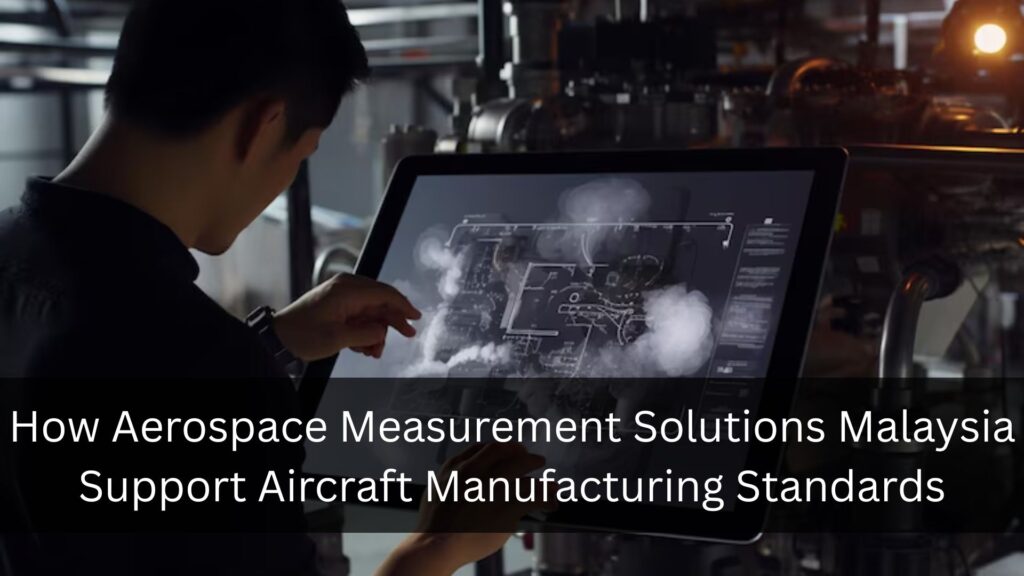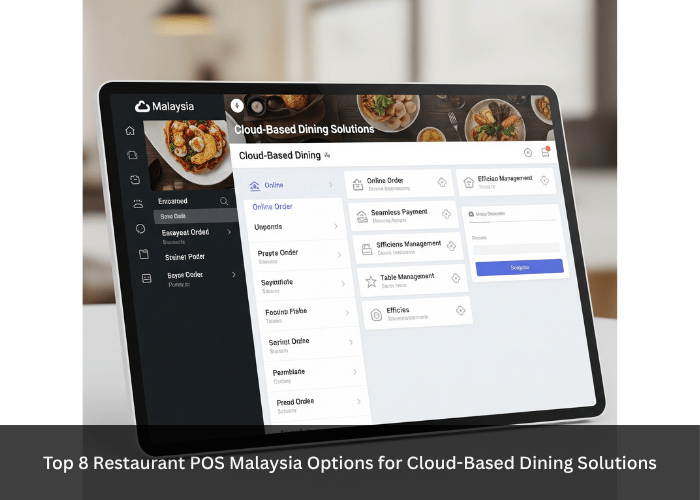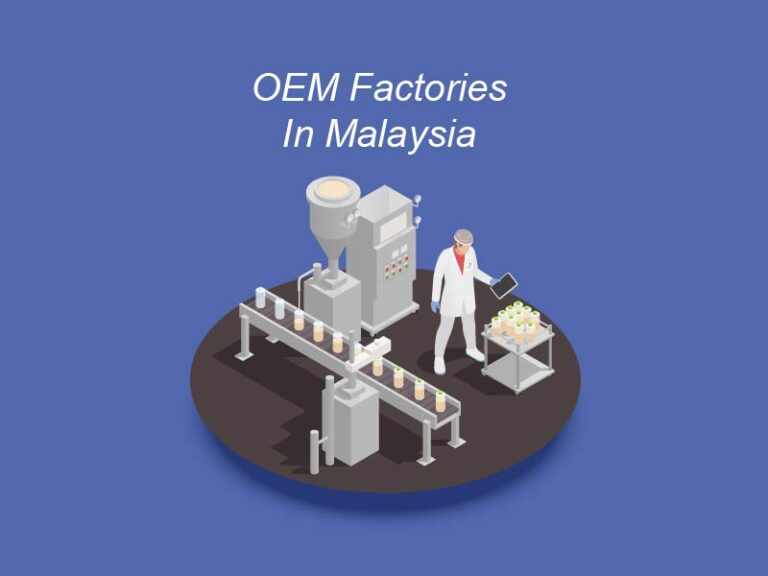The Role of Precision in Flight Safety
Aircraft are complex systems comprised of thousands of components, each of which must operate within strict tolerances. Even a minute deviation in engine components, wing alignment, or sensor calibration can have profound implications for performance and safety. That’s why measurement solutions play an indispensable role across every stage of an aircraft’s lifecycle—from design and manufacturing to maintenance and overhaul.
Precision measurements are used to:
- Verify component alignment
- Ensure aerodynamic compliance
- Detect material fatigue
- Support non-destructive testing (NDT)
- Validate structural integrity
Aerospace Measurement Solutions Malaysia ensure these critical tasks are performed accurately, consistently, and efficiently to reduce risks and promote airworthiness.
Why Aerospace Measurement Solutions Malaysia Are Vital for Safety Compliance
The aerospace industry is governed by some of the most stringent regulatory bodies in the world, such as the FAA (Federal Aviation Administration), EASA (European Union Aviation Safety Agency), and ICAO (International Civil Aviation Organization). Malaysian aerospace manufacturers, MROs, and parts suppliers must comply with these standards to participate in international supply chains and operate aircraft safely.
Aerospace Measurement Solutions Malaysia support compliance in the following ways:
- Providing traceable measurement results
- Offering data-driven quality control
- Enabling full documentation for audits
- Reducing human error through automated systems
These solutions allow companies to meet the requirements of AS9100, ISO 9001, and other safety-critical certifications essential to global aerospace operations.
Aerospace Measurement Solutions Malaysia in Component Integrity and Durability Testing
Ensuring Structural Reliability
Aircraft are subjected to extreme stress during takeoff, flight, and landing. Components such as wings, fuselage panels, turbine blades, and landing gear must withstand these forces over prolonged periods. Advanced measurement solutions enable engineers to:
- Detect cracks, deformations, or warping
- Perform fatigue analysis
- Conduct geometric tolerance assessments
- Verify composite layering in materials
Using technologies like laser scanners, ultrasonic sensors, and portable CMMs, Aerospace Measurement Solutions Malaysia help ensure that each part meets or exceeds durability standards before it is cleared for use.
Enhancing Engine and Avionics Accuracy
Modern aircraft engines and avionics require tight calibration for both efficiency and safety. Measurement systems can be used to:
- Check turbine blade spacing
- Validate sensor positioning
- Align radar and communication systems
- Confirm wiring and circuit layout tolerances
These critical measurements prevent system malfunctions that could compromise flight operations.
The Impact of Aerospace Measurement Solutions Malaysia on MRO Operations
Maintenance, Repair, and Overhaul (MRO) activities are just as important as initial manufacturing when it comes to flight safety. Aircraft components degrade over time and must be inspected and repaired using precise data. Aerospace Measurement Solutions Malaysia are key in this context for:
- Performing real-time diagnostics
- Validating repair accuracy
- Comparing refurbished parts to original specifications
- Extending component lifecycle through predictive maintenance
By integrating measurement tools into MRO workflows, Malaysian aviation companies reduce downtime, increase aircraft availability, and ensure continued safety in the air.
Types of Aerospace Measurement Solutions Malaysia in Use
1. Coordinate Measuring Machines (CMMs)
Used in quality labs to perform high-accuracy measurements of machined parts. These systems are ideal for validating complex geometries and tight tolerances.
2. Laser Trackers
Laser trackers are widely used in aircraft assembly for precise large-scale alignment tasks, such as wing-to-fuselage fitment or jig alignment. Their portability makes them ideal for both factory floors and hangars.
3. Portable Arm CMMs
Highly mobile and used on-site to inspect components in tight spaces. These are commonly deployed during maintenance and retrofit projects.
4. 3D Laser Scanners
Used for surface analysis, reverse engineering, and quality inspections. These scanners are beneficial for inspecting composite materials, turbine blades, and aerodynamic surfaces.
5. Non-Destructive Testing (NDT) Equipment
Ultrasonic, radiographic, and thermographic tools allow engineers to inspect internal structures without disassembly, enhancing both safety and efficiency.
Each of these technologies supports aircraft manufacturers and operators in Malaysia in meeting high-precision measurement needs.
Aerospace Measurement Solutions Malaysia and Digital Transformation
As the global aerospace industry embraces Industry 4.0, digital transformation has become essential. Malaysian aerospace firms are increasingly adopting digital metrology solutions that include:
- Digital twins for real-time monitoring
- AI-powered defect detection
- Cloud-based inspection reports
- Integrated PLM (Product Lifecycle Management) systems
Aerospace Measurement Solutions Malaysia that incorporate these innovations enable faster decision-making, better data traceability, and improved safety margins by reducing uncertainty in design and production.
Flight Safety Case Studies and Applications
Case Study 1: Turbine Blade Inspection
A Malaysian aerospace supplier implemented automated 3D scanning for turbine blade inspection. With this upgrade, they reduced inspection time by 40% while improving defect detection rates. This led to safer engine performance and reduced field failures.
Case Study 2: Wing Assembly Alignment
An aircraft assembly facility in Malaysia adopted laser trackers to align wing sections with fuselages. This increased precision allowed for seamless integration and reduced rework, contributing to structural integrity and safer flight.
These real-world examples underscore how Aerospace Measurement Solutions Malaysia directly support safer and more efficient flight operations.
Training and Workforce Development in Malaysia
Advanced measurement tools are only as effective as the technicians and engineers who use them. Malaysia has recognized this need and invested in:
- Metrology training programs
- Aerospace-specific engineering courses
- Government-funded upskilling initiatives
By ensuring a pipeline of skilled talent, Malaysia is preparing its workforce to leverage Aerospace Measurement Solutions Malaysia to maintain global competitiveness and uphold flight safety standards.
The Future of Aerospace Safety in Malaysia
Malaysia is set to become a regional leader in aerospace by 2030, supported by strong government policies and growing industry collaboration. As aircraft systems become more complex and customer safety expectations increase, the role of measurement solutions will continue to grow.
Companies providing Aerospace Measurement Solutions Malaysia will be at the forefront of this transformation, offering not just tools, but safety-enhancing technologies that reduce risks, enhance performance, and uphold international standards.
Conclusion
Flight safety is non-negotiable in aerospace, and the precision offered by Aerospace Measurement Solutions Malaysia is a critical enabler of that safety. From ensuring component integrity to enabling precise assembly and ongoing maintenance, these solutions are embedded in every stage of the aircraft lifecycle.
As Malaysia continues to rise as an aerospace hub, investing in advanced metrology and training will help secure a future where aircraft built and maintained in Malaysia fly safer, longer, and more efficiently. For manufacturers, operators, and MRO providers alike, aerospace measurement isn’t just a technical necessity—it’s a strategic imperative.









